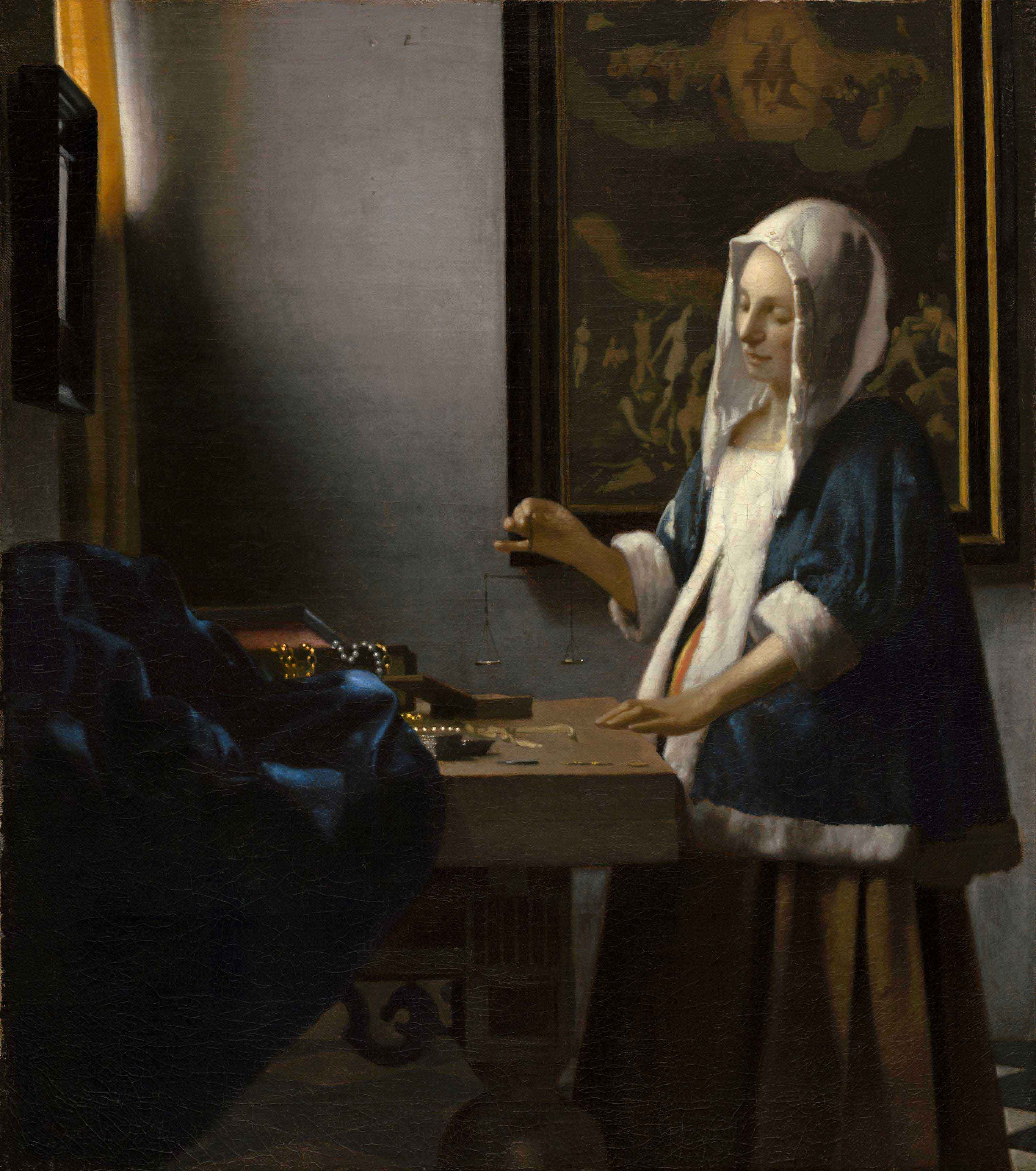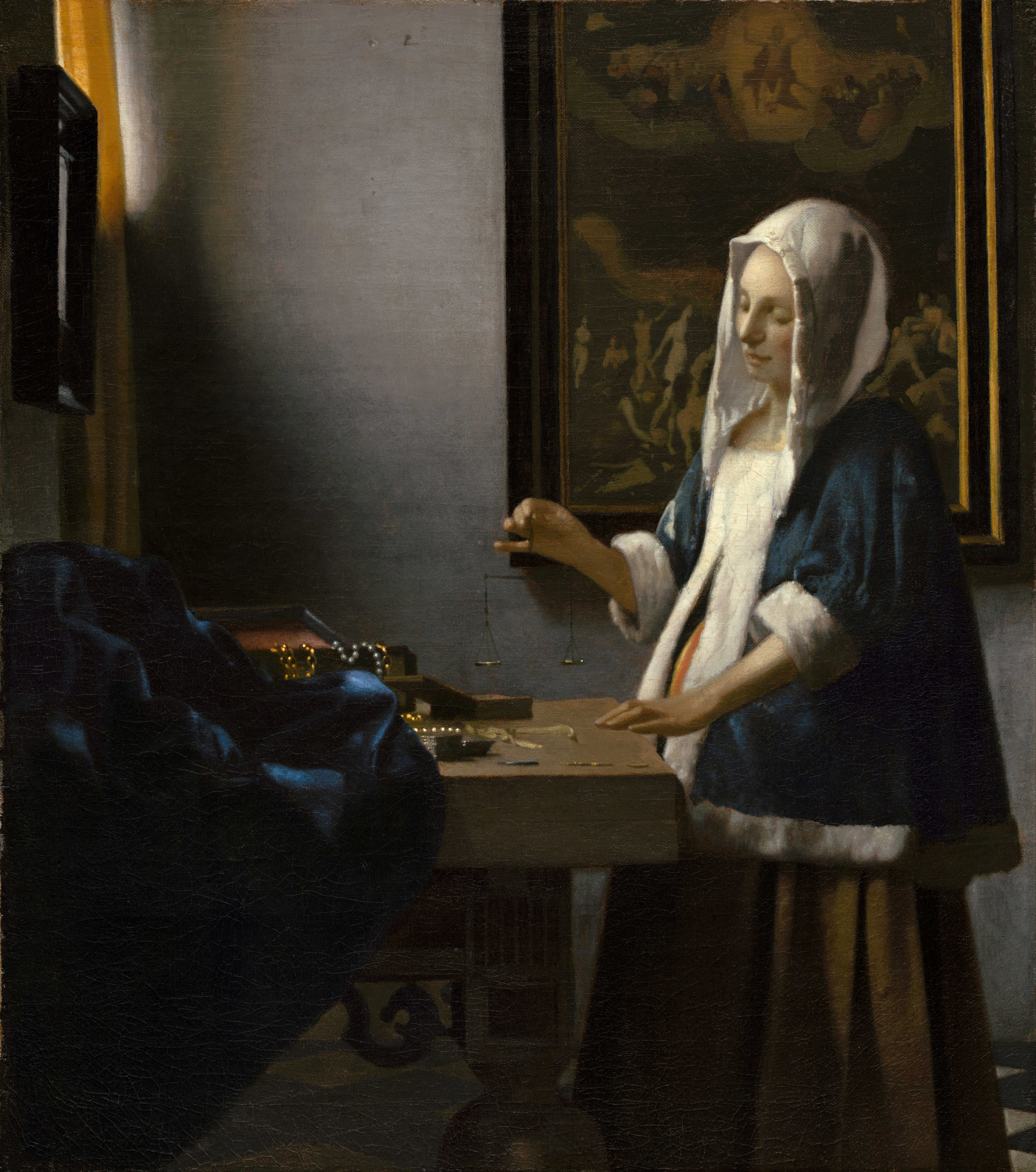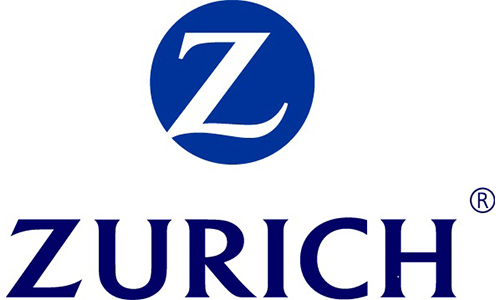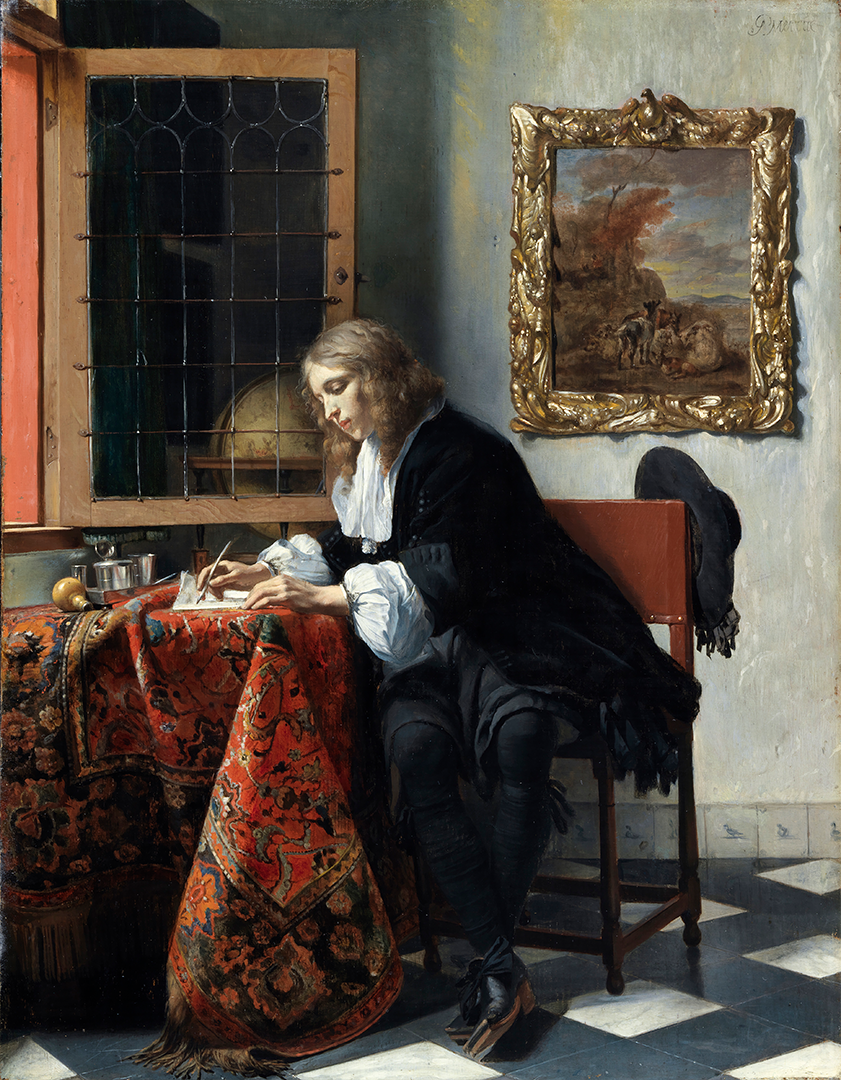




Contrary to popular belief, Johannes Vermeer was not a genius working in isolation. He was one of a network of Dutch artists who excelled in painting scenes of everyday life and drew inspiration from each other’s work.
Discover this network and explore the connections between the artists and their paintings.




 For many art lovers and museum visitors, Johannes Vermeer stands out as the mysterious genius of Dutch seventeenth-century genre painting. However, as this website reveals, he was not working in isolation.
For many art lovers and museum visitors, Johannes Vermeer stands out as the mysterious genius of Dutch seventeenth-century genre painting. However, as this website reveals, he was not working in isolation.
The third quarter of the seventeenth century marks the peak of the global economic power of the Dutch Republic. Members of the elite increasingly showed off their social status by subscribing to certain codes of dress, manners and speech, and demanded a type of art that reflected their self-image. The ‘new wave’ of genre painting emerged in the early 1650s when artists began to focus on idealised, superbly staged depictions of the domestic life and courtship between elegant ladies and gentlemen. While Johannes Vermeer is currently the most renowned painter of such scenes, his subjects, compositions and figure types owe much to paintings by other artists including Gerrit Dou, Gerard ter Borch, Jan Steen and Frans van Mieris. These artists were aware of each other’s work, drew inspiration from it, and attempted to surpass each other.
Through a series of interactive visualisations, this website allows users to discover the network of connections between Vermeer and his sixteen contemporaries. Users can discover the strength and likelihood of relationships between the seventeen artists, the impact of an individual artist’s paintings on the work of his contemporaries, as well as how artists adopted, adapted and disguised elements, from their peers’ work, in their own paintings.
 This website complements a landmark exhibition, Vermeer and the Masters of Genre Painting: Inspiration and Rivalry, which explores the fascinating network of relationships among Dutch genre painters active 1650–1675. Bringing together the work of Vermeer and contemporary painters of exquisite scenes of everyday life, this thought-provoking exhibition gives visitors an insight into how these artists admired, inspired, and rivalled each other.
This website complements a landmark exhibition, Vermeer and the Masters of Genre Painting: Inspiration and Rivalry, which explores the fascinating network of relationships among Dutch genre painters active 1650–1675. Bringing together the work of Vermeer and contemporary painters of exquisite scenes of everyday life, this thought-provoking exhibition gives visitors an insight into how these artists admired, inspired, and rivalled each other.
Curated by Dr Adriaan E. Waiboer, Head of Collections and Research, National Gallery of Ireland, Dublin; Dr Arthur K. Wheelock Jr., Curator of Northern Baroque Painting, National Gallery of Art, Washington; and Dr Blaise Ducos, Curator of 17th- and 18th-century Dutch and Flemish paintings, Musée du Louvre, Paris.
| City | Dates |
|---|---|
| Paris | 20 February until 22 May 2017 |
| Dublin | 17 June until 17 September 2017 |
| Washington D.C. | 22 October 2017 until 21 January 2018 |

 Connect Vermeer is the result of an extraordinary collaboration among many individuals and institutions from Ireland, Germany, the Netherlands and the United States, who contributed to the project over the course of about six years. Their hard work, enthusiasm and belief in this undertaking ultimately led to an innovative and spectacular website that provides us with an insight into the relationships between Vermeer and Dutch genre painters in a way traditional publications would never be able to do.
Connect Vermeer is the result of an extraordinary collaboration among many individuals and institutions from Ireland, Germany, the Netherlands and the United States, who contributed to the project over the course of about six years. Their hard work, enthusiasm and belief in this undertaking ultimately led to an innovative and spectacular website that provides us with an insight into the relationships between Vermeer and Dutch genre painters in a way traditional publications would never be able to do.
I first would like to acknowledge those who financially supported the preparatory research for the exhibition Vermeer and the Masters of Genre Painting: Inspiration and Rivalry (2017–18), of which Connect Vermeer was an important part. In addition to the National Gallery of Ireland, I would like to express my deep gratitude to Thomas S. Kaplan and Dafna Recanati Kaplan, Otto Naumann Ltd, The Lee and Juliet Folger Fund and Johnny van Haeften Ltd. I would also like to extend my sincere thanks to the exhibition partner, Zurich.
Connect Vermeer would have never materialised, had I not met Daniel Isemann, who at the time of our first encounter was a Ph.D. student in Computer Science at Trinity College Dublin. During our countless fascinating conversations, Daniel not only helped me formulate and achieve my goals, but also warned me about the dangers and pitfalls of taking on a project like this. I am thoroughly grateful to him for steering the project in the right direction as well as the practical work he contributed to it. Aside from Daniel, I want to thank his students Wolfgang Otto and particularly Christine Schikora for their ideas and practical contribution to the visualisations.
I am also deeply indebted to the Netherlands Institute for Art History (RKD). I would like to single out former Director Rudi Ekkart and current Director Chris Stolwijk for their generous support. I am also deeply grateful to the many RKD staff members who contributed to the project, including Sabine Craft, Ellis Dullaart, Reinier van ‘t Zelfde, Claire van den Donk, Patrick Larsen and Paul van de Kooij. Without their efforts, Connect Vermeer would have never happened. The same is true for Eddy Schavemaker. Eddy’s and my shared obsession with the mutual relationships between genre painters led us to collaborate from the initial stages of the project. In the end, Eddy became the chief art-historical contributor to the project and most connections need to be credited to him. Jennifer Henel, formerly curatorial assistant to Arthur K. Wheelock, Jr, and currently Curatorial Coordinator for Digital Content at the National Gallery of Art, also needs to be singled out here. Her help and advice throughout all stages of the project cannot be emphasised enough.
In Dublin, I am deeply grateful to my Director, Sean Rainbird, for his ongoing support of the project. Likewise, I am indebted to my colleagues Andrea Lydon and Catherine Sheridan for helping and guiding me through the process of the final step of the project, namely the creation of the actual website. The project, however, would have never seen the light without the tireless efforts of Claire Crowley, who managed and hugely contributed to the project during its concluding year. Finally, I am grateful to Noho, who were responsible for making the website. Their enthusiasm, creativity and efficiency made it all happen in the end.
The Connect Vermeer website grew out of a research project conducted by the National Gallery of Ireland in collaboration with the Netherlands Institute for Art History (RKD).
The RKD is the most important repository of information on Netherlandish art, with extensive analogue and digital collections of images, auction catalogues, archives and books that document the history of Dutch art.
The aim of the research project was to mine the RKD’s rich collections in order to identify, document, and analyse the interconnections between all known Dutch genre paintings produced in the years 1650–1675.
For the purposes of this project, connections between paintings are any similarities in subject, composition, style and technique; these similarities between paintings were taken as indicators of an artist’s knowledge of another one’s work. Additionally, any evidence that the artists travelled to each other’s home towns or knew each other in passing is considered a ‘connection’ in this project.
The rich content of the RKD databases (https://rkd.nl/nl/]) was mined to identify these many connections either through examination of historical documents and literature, or through visual analysis of the paintings. All connections were then recorded in a single database which allowed us to analyse and visualise them in a more comprehensive and historically correct way than was hitherto possible.
By qualifying the probability and strength of each connection between paintings we can determine the strength of the relationships between individual artists. To do this, we assigned numeric weightings to both the probability indications and the connection strength categories, as follows:
We assigned the following weightings to each of the individual probabilities:
| Probability | Weighting |
|---|---|
| Certainly | 1 |
| Likely | 0.875 |
| Probably | 0.75 |
| Possibly | 0.5 |
| Perhaps | 0.25 |
As the relationships between paintings strongly differ in character, we classified all connections according to the following five categories:
Category 1: Assigned to works that contain indistinct elements that can be traced back to a model or that only vaguely reflect a model.
Category 2: Assigned to works that contain one or two basic elements borrowed from a model, such as a figure pose, the colouring, or part of the composition, but where the artist has used these elements in a different context and has therefore created a distinctly autonomous work of art.
Category 3: Assigned to works that contain three to four elements borrowed from a model, including at least one significant element such as the primary subject, the overall composition, the disposition of the figures, which the artist has used in a somewhat similar context.
Category 4: Assigned to works that contain several borrowings from a model, including more than one significant element, such as the primary subject, the overall composition, the disposition of the figures, but that are still autonomous enough that they cannot be labelled as copies, partial copies or pastiches.
Category 5: Assigned to copies, partial copies, pastiches (be they mirrored or not).
A weighting was applied to each of the five categories. These weightings increase exponentially:
| Connection strength category | Weighting |
|---|---|
| Category 1 | 1 |
| Category 2 | 1.78 |
| Category 3 | 3.16 |
| Category 4 | 5.61 |
| Category 5 | 10 |
The weighting of category 1 was set to 1 and that of category 5 to 10, with the weighting of each category being , where c is the category number and . In future iterations of the Connect Vermeer website we would like to include the option to allow users to adjust these weightings according to their own preferences.
The aggregation at the level of artists is achieved by multiplying the two weightings of each connection between a work of one artist and a work of another and summing over the products:
where A and B are artists and L(A,B) signifies the set of links pointing from works from artist A to works from artist B. Alternative aggregation schemes may be explored in future iterations.
For example, a connection between a painting by Ter Borch and another derivative work of art by Vermeer, which is deemed probable and of which the connection strength falls into the second category, can be expressed as follows:
0.7 x 1.78 = 1.246
If Vermeer’s painting is also dependent on another work by Ter Borch, of which the connection is both likely and strong (category 4), this relationship should be added to the previous one:
0.7 x 1.78 = 1.246
0.85 x 5.61 = 4.7685
-- -- -- -- - +
6.0145
The total value of Vermeer’s relationship to Ter Borch is achieved by adding up all the multiplications of the weightings of the probability and strength of each single identified connection. Note that Ter Borch’s relationship with Vermeer needs to be calculated independently.
This extensive research, documentation and analysis of connections between the work of seventeen Dutch artists underpins and drives the innovative visualisations that are shared on the Connect Vermeer platform.
Sincere thanks to the following for their generous support of the research project:
The way that the connections between Dutch genre paintings were recorded and documented for this project grew out of an art-historic vision. This vision was refined in discussions between art historians and computer scientists from the universities of Leipzig and Regensburg until it resulted in an informal data model of connections, based on discrete probability and connection strength values. You can read more about this part of the research in the above research dropdown, click here to open.
The informal conceptualisation was eventually encoded in a formalised ontology using the OWL ontology language and the CIDOC CRM top level model. One of the guiding principles for designing the ontology was that of event-centred modelling. Artists, for instance, are connected to theirs nworks of art through production events. In particular, the connections between works of art documenting inspiration-taking, are modelled as assessment events. Such events record the decision of one or more art historians to surmise a connection between two artworks. The ontology provides the data model according to which the connection data, which forms the backend of the visualisations, presented on this website are organised. The ontology and the data are available under an open licence.
The ontology and the data will be made available here shortly under an open licence.
For more information on the ontology and ontology modelling process contact Daniel Isemann at daniel.isemann@ur.de
If you would like to know more about the research project or the development of the website please contact us at: connectvermeer@ngi.ie
These Dutch artists excelled at genre painting between 1650 and 1675. This interactive diagram reveals how closely they were connected to each other. The distance between the central artist and a satellite artist is determined by the level to which the central artist influenced the latter.




| Influenced by |
|
Stimulus for | ||
|
|
||||
| Related (direction of inspiration unclear) | ||||
